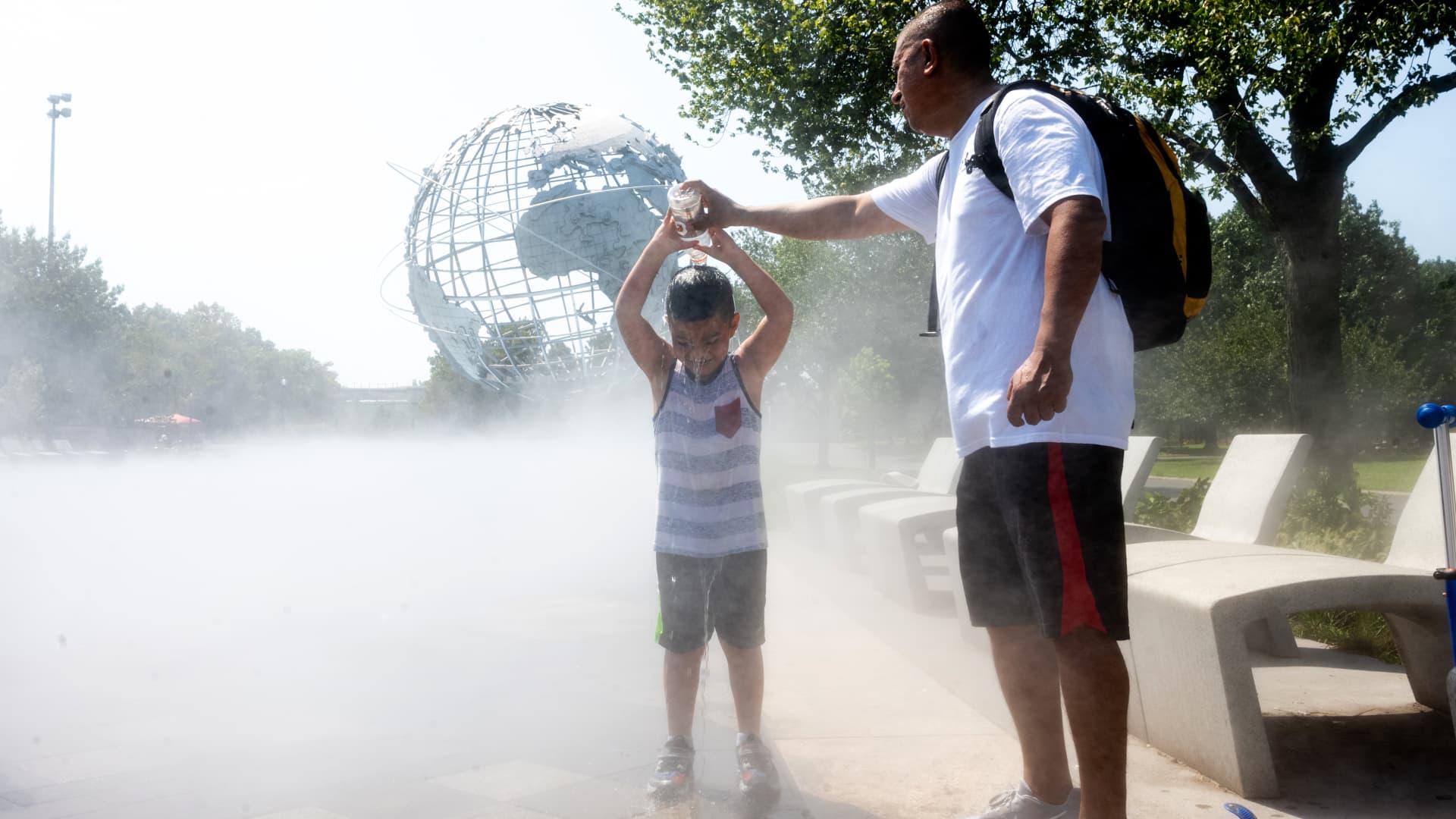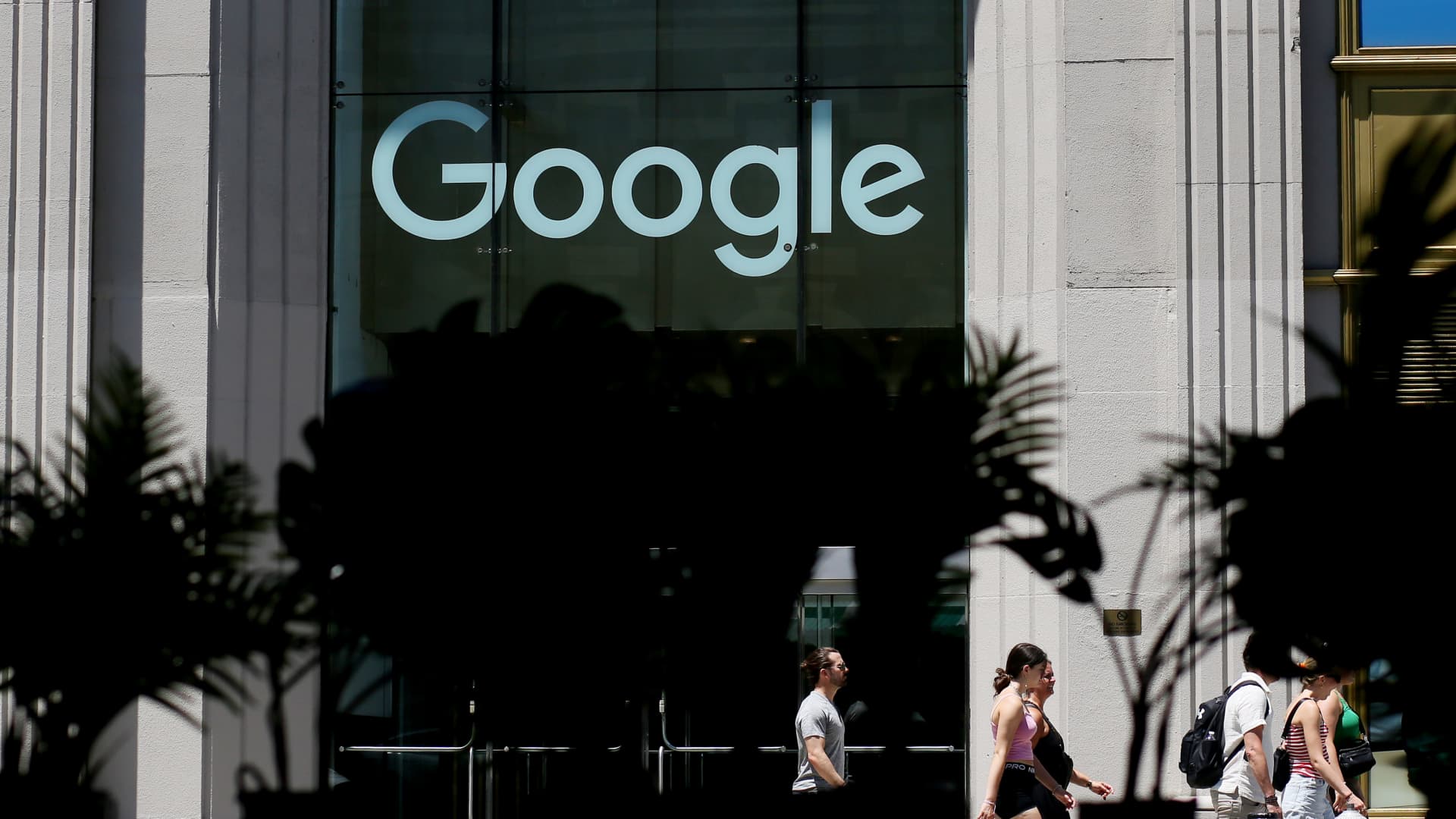The U.S. could see a renewed surge of mpox infections even worse than last year, new federal modeling has concluded, based on data showing most American communities remain far short of vaccination rates needed to fend off outbreaks in at-risk groups.
With “moderate confidence,” the CDC’s modelers said in a report published Thursday that most parts of the country have a “greater than 35%” risk of mpox, formerly known as monkeypox, resurging over the coming months.
“It’s not us saying get more people vaccinated because we think it’s a good idea. We need to get more people vaccinated because we know there’s a linear relationship between how many people are vaccinated and the chance of not having an outbreak,” Dr. Demetre Daskalakis, deputy coordinator for the White House’s mpox response, told CBS News on Thursday.
The CDC estimates that just 23% of the “at-risk population” for mpox, like men who have sex with men and people with multiple sex partners, have been fully vaccinated. Vaccination rates are in the single digits across many states.
Authorities are now ramping up outreach ahead of the return of travel, and events in the warmer months could fuel the renewed spread of the virus, alongside other sexually transmitted infections.
“This is the time to do that little health check, that tune-up before we get into summer to make sure that we have all our ducks in a row,” said Daskalakis.
He pointed to a new webpage created by the agency that embeds the mpox vaccine locator alongside other information, like travel warnings and a locator for getting HIV pre-exposure prophylaxis. Instead of pop-up clinics manned by health departments, many sexual health clinics are now offering Jynneos doses.
“This is getting embedded into the fabric that we do to prevent sexually transmitted infections, like HIV. So it’s moved back into a space that’s more routine,” said Daskalakis.
Cases of mpox have so far slowed nationwide, according to the CDC’s tally, down from a peak of more than 450 infections per day in August. Today, only around one case per day is reported on average around the country and only a handful of jurisdictions have spotted mpox in their recent wastewater surveillance.
Data suggests the rollout of Jynneos vaccine doses last year blunted the risk of mpox last year after the first shot, with bigger reductions in risk after getting the second.
However, other factors likely played a role in the outbreak slowing last year. New mpox infections had already begun to dip before the rollout of the two-dose Jynneos vaccine. Countries that did not deploy any doses at all also saw slowdowns in infections.
“That first sort of deflection down I think had to do with the fact that we, not just CDC and federal public health, but the community really mobilized itself to make changes in behavior to be able to reduce transmission,” said Daskalakis.
The CDC’s modelers also think people who survived mpox infections will likely have some protection from reinfection for years, similar to people who survived a related virus: smallpox. But the risk of reinfection could climb as time passes, as well as if the virus mutates to evade immunity.
At the height of mpox spreading last year, authorities had raised concern when some people were infected by strains that had evolved a “significant deletion” which evaded some tests.
“Now when the cases are down, this is when it helps to try to get people vaccinated so we can prevent the outbreaks,” said Daskalakis.
For people who had already gotten both doses of vaccine, Daskalakis said that he thinks they will still have that “sort of level 10 force field, the best we can get.” But he also acknowledged officials are continuing to study the issue.
The CDC’s Advisory Committee on Immunization Practices is expected to weigh the “need for longer-term vaccination strategy” later this year.
“People with two doses should feel pretty confident that they’re protected. But then always remember, if you have a lesion that’s concerning, you should get tested because nothing is perfect,” said Daskalakis.


























